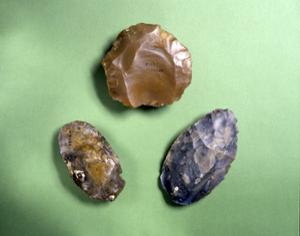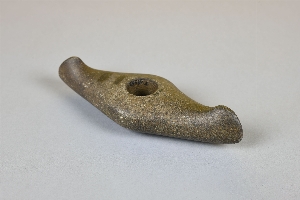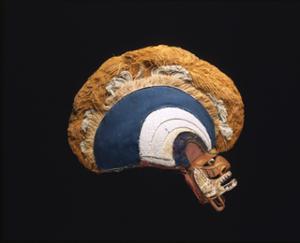Quick, Jennifer. Magnificent Objects from the University of Pennsylvania Museum of Archaeology and Anthropology. 1st ed. Philadelphia: University of Pennsylvania Museum of Archaeology and Anthropology, 2004.
Reference
- Object[598]
- african[42]
- american[31]
- asian[23]
- babylonian[6]
- egyptian[23]
- european[25]
- mediterranean[30]
- near eastern[416]
- oceanian[2]
- 3D Model[2]
- amphora[1]
- amulet[5]
- antefix[1]
- armlet[1]
- arrowhead[3]
- aryballus[1]
- awl[1]
- axe[1]
- axehead[1]
- bandolier bag[1]
- basket[1]
- baton[1]
- bead[18]
- bead string[1]
- blanket[1]
- blouse[1]
- bottle[1]
- box[1]
- breast plate[1]
- brick stamp[1]
- bull head[1]
- bust[1]
- candlestick[1]
- carrying stick[2]
- carving[2]
- celt[1]
- chain[1]
- chair[2]
- cloak pin[1]
- coffin box[1]
- coin[3]
- collar[1]
- core[1]
- cosmetic box lid[1]
- crystal sphere[1]
- cylinder seal[2]
- dagger blade[1]
- dance crest[1]
- death mask[1]
- decadrachm[1]
- door[1]
- double axe[1]
- ear ornament[2]
- earring[5]
- effigy vase[1]
- effigy vessel[2]
- envelope[1]
- fetish[1]
- fibula (pin)[1]
- figure[2]
- figurine[2]
- flask[2]
- frame[1]
- funerary mask[2]
- furniture fragment[1]
- gem[5]
- hair comb[1]
- hairring[4]
- hand axe[2]
- hat[1]
- head[1]
- head rest[1]
- headdress[1]
- helmet[2]
- huipil[1]
- human figurine[1]
- image[1]
- jar[3]
- jug[2]
- knife[3]
- koran[2]
- legging[2]
- lyre fragment[2]
- manuscript[376]
- mask[2]
- necklace[3]
- ornament[2]
- page[2]
- pedestal[2]
- pendant[7]
- pin[6]
- plaque[3]
- pyxis[2]
- relief[8]
- ring[2]
- ritual vessel[2]
- sculpture[2]
- shawl pin[3]
- staff[2]
- statue[19]
- statue fragment[3]
- statuette[4]
- tablet[5]
- tile[4]
- tomahawk pipe[2]
- tupu[2]
- vase[2]
- war club[2]
- wine jar lid[2]
- wreath[3]
- abydos[4]
- aleppo[1]
- amiens[1]
- angola[5]
- antioquia[1]
- apulia[1]
- arizona[1]
- asmara[1]
- ayapel[1]
- balansura[1]
- belgian congo[1]
- benghazi[1]
- benin kingdom[3]
- bernieres d'ailly[1]
- beth shean[2]
- bevaix[1]
- billa[1]
- bismarck archipelago[1]
- boma district[1]
- brazil[1]
- buhen[2]
- burma[1]
- buto[1]
- caere[1]
- california (state)[1]
- calvados[1]
- campania[1]
- central america[1]
- chama (guatemala)[1]
- chile[4]
- china[9]
- colombia[2]
- corcelettes[2]
- cyprus[2]
- deir el-medina[1]
- democratic republic of the congo[1]
- dendereh[1]
- denmark[2]
- department of alta verapaz[1]
- department of quiche[1]
- egypt[21]
- england[5]
- ethiopia[1]
- etruria[4]
- europe[1]
- fara[1]
- fayum[1]
- fiji islands[1]
- forest heath district[3]
- france[4]
- gabon[3]
- gandhara[2]
- ghana[18]
- guatemala[3]
- guinea[1]
- harpanahalli taluka[1]
- hawara[1]
- henan[1]
- heracleopolis[1]
- horn (netherlands)[1]
- iran[378]
- iraq[37]
- israel[2]
- italy[12]
- jalisco[2]
- japan[4]
- khafaje[7]
- koyasan temple[4]
- lake neuchatel[4]
- latium[2]
- maine[2]
- mediterranean[12]
- mexico (central america)[4]
- mit-rahineh[2]
- narce[2]
- near east[2]
- near penobscot[2]
- nigeria[6]
- nimrud[2]
- nippur[6]
- north stow[3]
- northeast aegean[2]
- nubia[3]
- pachacamac[2]
- pakistan[2]
- peru[7]
- rimini[2]
- scandinavia[2]
- shanxi[2]
- shiraz[373]
- sioux river[2]
- south dakota[4]
- sudan[2]
- switzerland[10]
- syria[3]
- thebes (egypt)[5]
- united states of america[6]
- ur[19]
- vaud canton[2]
- zaire[4]
- 16th century[373]
- 18th century[2]
- 19th century[1]
- 20th century[1]
- achaemenid period[1]
- acheulian[1]
- archaic greek period[1]
- ashurnasir-pal ii[1]
- bronze age[8]
- byzantine[1]
- classical greek period[4]
- colonial period[1]
- cypriot iron age[1]
- early bronze age[2]
- early dynastic[3]
- early dynastic iii[11]
- early dynastic iiib[2]
- early iron age[1]
- edo period[2]
- eighteenth dynasty[5]
- hatshepsut[2]
- hellenistic period[4]
- hissar iiic[1]
- imperial roman[1]
- imperial roman period[2]
- iron age iv[2]
- iron age v[2]
- jemdet nasr[4]
- jin dynasty[2]
- lagash ii[1]
- late bronze age[4]
- late classic[2]
- late period[2]
- liao dynasty[1]
- mandalay period[1]
- meiji period[1]
- middle corinthian period[2]
- middle kingdom[5]
- mohammedan[1]
- neo-assyrian period[1]
- neoclassical[1]
- neolithic[8]
- new kingdom[8]
- nineteenth dynasty[4]
- northern qi dynasty[1]
- old akkadian period[2]
- old babylonian period[2]
- pre-sargonic[1]
- ptolemaic period[1]
- ptolemy xii neos dionysos[1]
- qing dynasty[2]
- renaissance[1]
- republican roman period[1]
- roman period[2]
- severan period[1]
- song dynasty[2]
- tang dynasty[1]
- third intermediate period[2]
- thirteenth dynasty[2]
- tutankhamun[1]
- twelfth dynasty[4]
- twenty-first dynasty[2]
- twenty-second dynasty[1]
- twenty-sixth dynasty[3]
- yuan dynasty[3]
- acheulian[1]
- akkadian[2]
- ambundu[2]
- ashanti[19]
- assyrian[1]
- athenian[1]
- attic[2]
- babylonian[2]
- badjok[1]
- bafiot[1]
- baga[1]
- bakota[1]
- baluba[1]
- bapende[1]
- bena lulua[1]
- bororo[1]
- bronze age[2]
- buddhist[13]
- burmese[1]
- chimu[1]
- chinese[9]
- choctaw[1]
- coptic[1]
- corinthian[2]
- cypriot[2]
- early classic maya[1]
- edo (africa)[3]
- ejagham[1]
- ekoi[1]
- etruscan[4]
- faliscan[2]
- fang[1]
- fijian[1]
- graeco-roman[1]
- greco-buddhist[1]
- greek[2]
- guatemalan[1]
- hallstatt culture[1]
- hanha[1]
- hellenistic[1]
- hindu[1]
- imperial roman[1]
- inca[1]
- iron age[2]
- italian[1]
- italic[1]
- ixil[1]
- jain[1]
- japanese[7]
- kioko[1]
- kongo[1]
- late bronze age[1]
- late classic[1]
- lowland maya[3]
- mangbetu[1]
- mangolo[1]
- mapuche[4]
- masongo[1]
- maya[1]
- mayombe[1]
- menominee[2]
- meroitic[2]
- moche iv[1]
- mycenean[1]
- nafaras[1]
- navajo[1]
- neolithic[7]
- nepalese[1]
- owo-yoruba[1]
- pende[1]
- penobscot[2]
- persian[374]
- pomo[1]
- ptolemaic[2]
- roman[9]
- scythian[1]
- senufo[1]
- sioux[2]
- south italian[1]
- sumerian[1]
- swiss lake dweller[10]
- tarentine[1]
- tepecano[2]
- tibetan[1]
- timne[1]
- tongan[1]
- vili[1]
- western european[1]
- yombe[1]
- yoruba[1]
- 200.20 c. 4 metres above merenptah in centre of trench n edge[1]
- ashur-nasir-pal ii palace[1]
- belgian congo[1]
- c.n. 270, monastery, room h[1]
- cemetery[1]
- cemetery d[1]
- cn iv, tomb 202-a[1]
- e 108[2]
- el rubiyat[1]
- first terrace, southern front[1]
- foot of the monts d'eraines near chateau d'ailly[1]
- g 712[1]
- k8[1]
- kasai dist.[1]
- lake dwellings[2]
- nyanga or mukedi station[1]
- paleolithic floor[1]
- period iii c[1]
- pg 1237[1]
- room 101[1]
- t. 282[1]
- temple[1]
- temple of hathor[1]
- temple of horus[1]
- tomb 1[1]
- tomb 314[1]
- tomb 43[1]
- vestibule of the temple of herishef[1]
- villa of marius at tivoli[1]
- abhaya mudra[1]
- altar[1]
- amazons[1]
- animal[2]
- antelope[1]
- anubis[2]
- aphrodite anadyomene[1]
- aphrodite?[1]
- apollo[1]
- arabic inscription[1]
- arsinoe ii[1]
- artemis[1]
- athena[3]
- avalokitesvara[1]
- baboon[1]
- bacchante[1]
- bird[6]
- bivalve shell[1]
- bodhisattva[1]
- bodhisattvas[1]
- book of the dead[1]
- bowl[1]
- box[1]
- brahma[1]
- bubble[1]
- buddha[3]
- buddha head[1]
- bugs[1]
- bull[2]
- bull head[2]
- centaur[1]
- ceres[1]
- charioteer[1]
- chest[1]
- chicha[1]
- cicatrisation[2]
- corn beer[1]
- cornucopia[1]
- cow head[1]
- cowrie shell[2]
- crocodile[2]
- cup?[1]
- dancers[1]
- dates[1]
- demeter[1]
- dionysos[1]
- dolphins[1]
- dragons[1]
- drummers[1]
- eagle[1]
- enki[1]
- eridu[1]
- eros[1]
- face[2]
- falcon head[1]
- fan[1]
- female[1]
- female face?[1]
- female head[3]
- finger[1]
- fish[1]
- flood[2]
- floral pattern[1]
- flower[1]
- flower?[1]
- fudo[1]
- general qiu xinggong[1]
- goat[1]
- goat head[1]
- greek inscription[1]
- griffin[1]
- griffins[2]
- guanyin[1]
- gudea[1]
- hathor[1]
- head[1]
- hebe[1]
- hera[1]
- heracles[2]
- hestia[1]
- hornbills[1]
- horus[3]
- human[2]
- human figure[2]
- inscription[3]
- isis[2]
- king[2]
- koran[2]
- lotus-palmette[2]
- male head[2]
- man[6]
- nizami khamsah[373]
- osiris[2]
- ox[2]
- panthers[2]
- siren[2]
- tree[2]
- turban[2]
- warrior[2]
- woman[7]
- abalone shell[1]
- alabaster[2]
- andesite[1]
- antler[1]
- aquamarine[1]
- banded agate[1]
- bead[2]
- bitumen[3]
- bone[1]
- brass[5]
- bronze[21]
- carnelian[6]
- cartonnage[2]
- catlinite[2]
- ceramic[19]
- chalcedony[1]
- clay[4]
- cloth[1]
- cochineal dye[1]
- copper[2]
- copper alloy[6]
- coral[1]
- cotton[4]
- diorite[2]
- dye[1]
- electrum[5]
- elephant ivory[1]
- emerald[1]
- faience[1]
- feather[3]
- fiber[3]
- flint[7]
- gesso[1]
- gilt[1]
- glass[8]
- glaze[1]
- gold[52]
- gold alloy[1]
- grass[1]
- hematite[1]
- ink[376]
- iron[1]
- ivory[2]
- jadeite[2]
- jasper[1]
- jewels[1]
- lacquer[2]
- lapis lazuli[12]
- leather[373]
- lime[1]
- limestone[5]
- linen[1]
- marble (stone)[4]
- metal[2]
- mollusk shell[1]
- monkey bone[1]
- ostrich egg shell[1]
- paint[1]
- paper[375]
- papyrus[1]
- parian marble[1]
- pigment[16]
- plant fiber[4]
- plaster[1]
- quartzite[2]
- rattan[1]
- rock crystal[1]
- ruby[1]
- sandstone[2]
- sardonyx[1]
- schist[2]
- sea snail operculum[1]
- shell[10]
- silk[2]
- silver[17]
- skin[1]
- slate[2]
- steatite[1]
- stone[7]
- stucco[1]
- terracotta[7]
- turquoise[3]
- velvet[2]
- wax[3]
- whale ivory[1]
- wood[37]
- wool[2]
- yarn[1]
- baked[1]
- bas relief[1]
- basketry[1]
- beaded[2]
- bichrome iv[1]
- black figure[1]
- blown[1]
- cameo[1]
- carved[11]
- cast[5]
- chipped[1]
- dry lacquer[1]
- dyed[1]
- embroidered[1]
- engraved[2]
- filigree[1]
- fired[1]
- gilded[3]
- gilding[1]
- gilt[1]
- glazed[4]
- groundstone[1]
- hammered[2]
- handspun[1]
- hellenistic period[1]
- high relief[2]
- illumination[2]
- incised[1]
- inlaid[4]
- intaglio[4]
- kertsch style[1]
- lost wax casting[3]
- low relief[1]
- mosaic[2]
- painted[7]
- perforated[1]
- polychrome[1]
- red figure[3]
- relief[2]
- repousse[1]
- sunk relief[1]
- threading[1]
- woven[1]
- actual citation[598]
- type citation[2]
1 - 30 of 598 Records
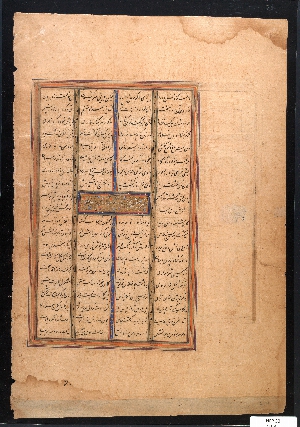
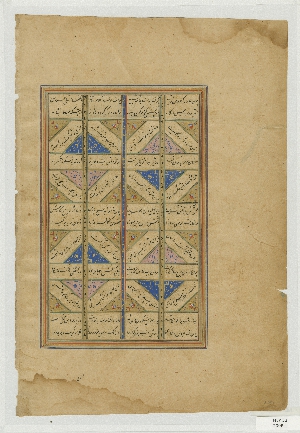
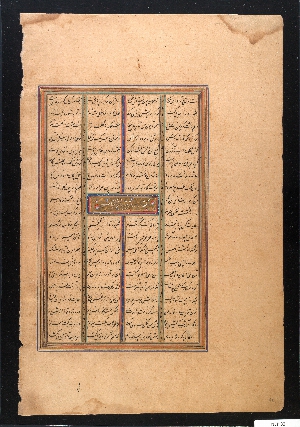
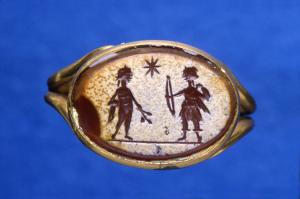
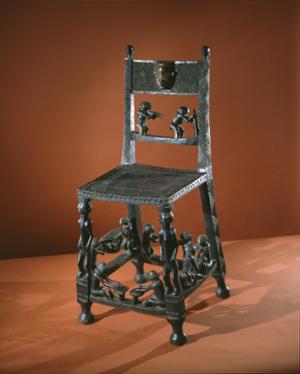
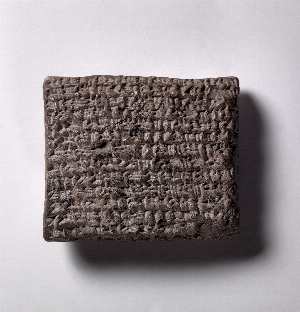
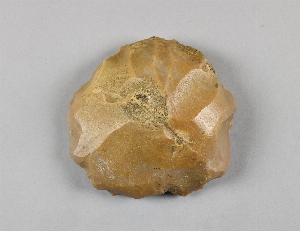
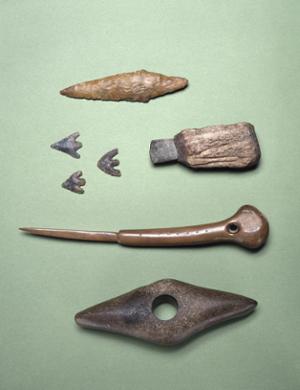
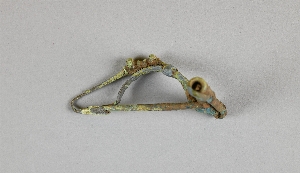
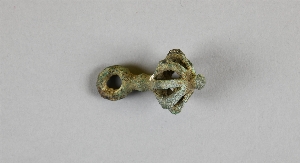

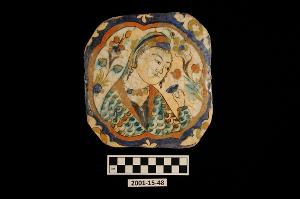


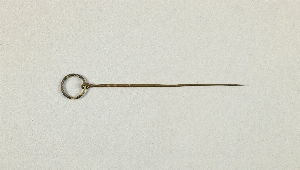


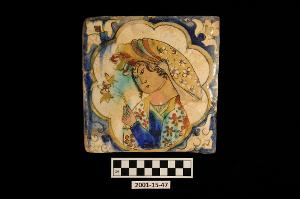
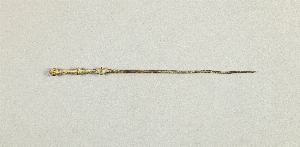

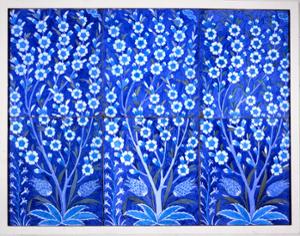
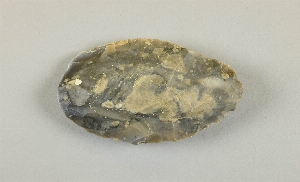
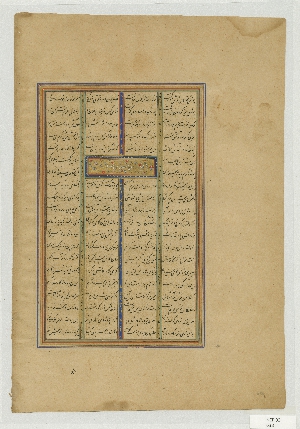
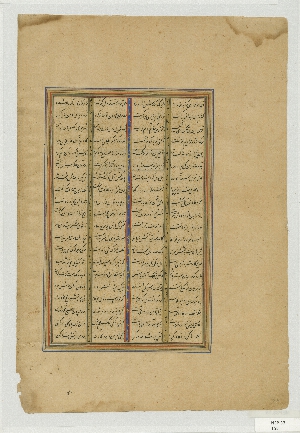
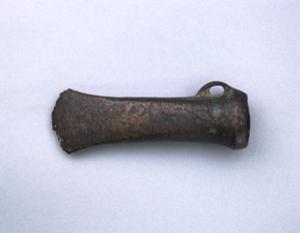
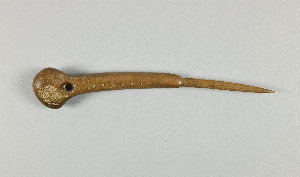
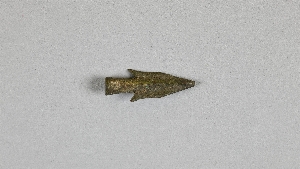
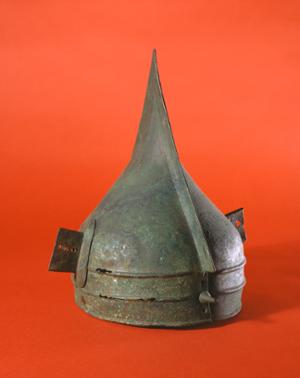
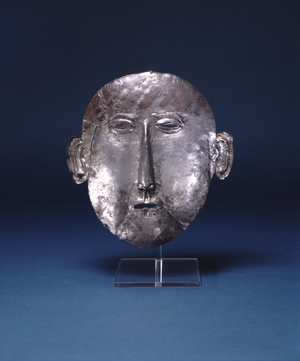
1 - 30 of 598 Records


